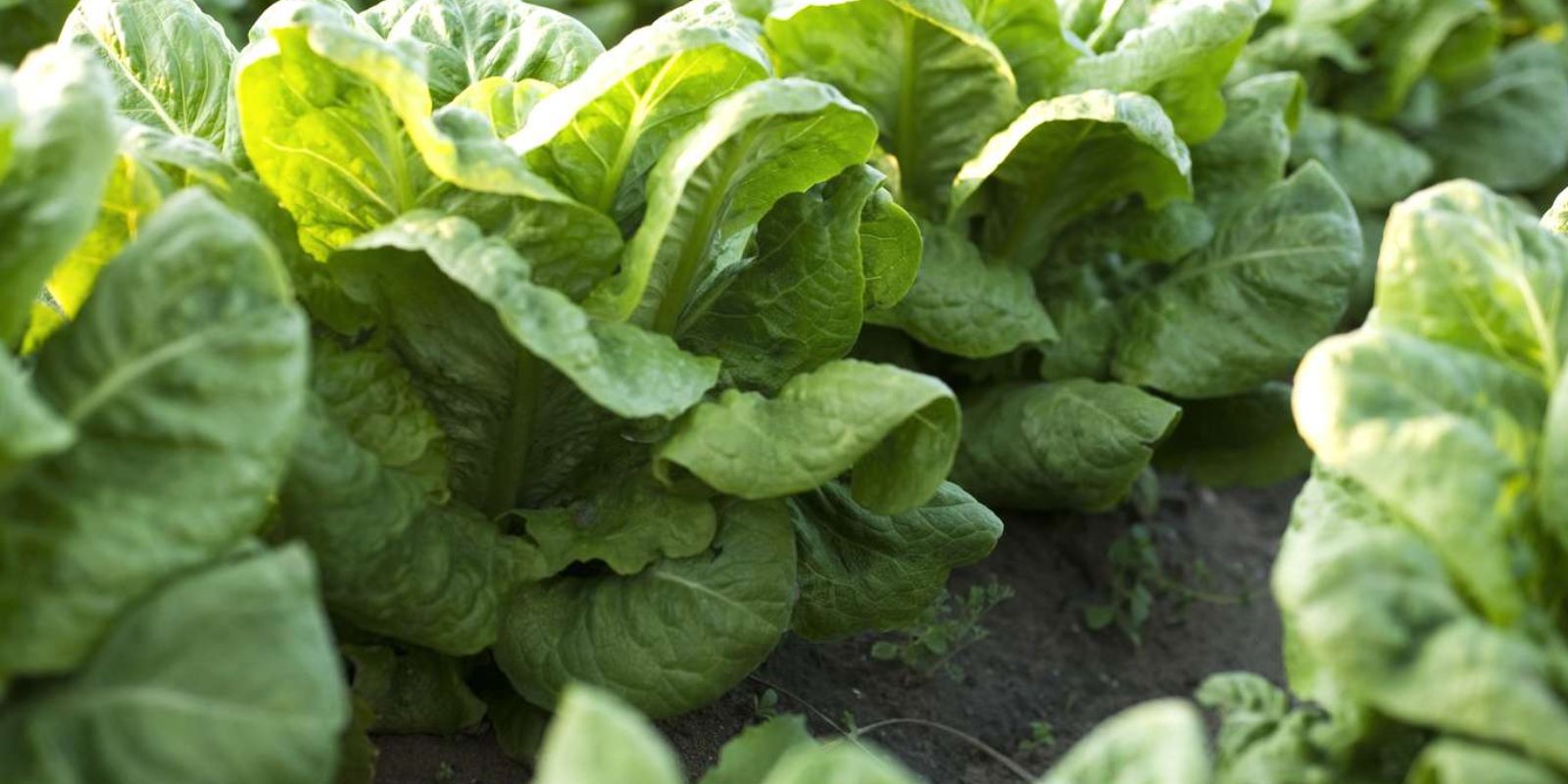Introduction
Spring is a time of renewal and growth, making it the ideal season to start or expand your vegetable garden. With the winter frost melting away and the soil warming up, it’s the perfect opportunity to plant a variety of vegetables that thrive in the cool temperatures of early spring. By choosing the right vegetables and understanding their specific needs, you can set yourself up for a successful and bountiful harvest. This guide will walk you through the best vegetables to plant in spring, along with tips for planting and caring for them to ensure a thriving garden.
1. Lettuce
Lettuce is a versatile and fast-growing vegetable that is perfect for spring planting. It can be grown in both garden beds and containers, making it suitable for various gardening spaces.
- Varieties: Choose from various types, including leaf lettuce, romaine, and butterhead. Each variety has its unique flavor and texture.
- Planting: Sow lettuce seeds directly into the soil or start them indoors about 6-8 weeks before the last frost date. Lettuce prefers well-drained soil with a pH between 6.0 and 7.0.
- Care: Keep the soil consistently moist and provide partial shade during the hottest part of the day to prevent bolting (premature flowering). Harvest leaves when they are young and tender for the best flavor.
2. Radishes
Radishes are one of the quickest vegetables to grow, making them an excellent choice for early spring planting. Their crisp texture and peppery flavor make them a popular addition to salads and dishes.
- Varieties: Choose from classic red radishes, daikon, or watermelon radishes. Each variety offers different flavors and sizes.
- Planting: Directly sow radish seeds into the soil as soon as it can be worked. Space seeds about 1 inch apart and cover them with a thin layer of soil. Radishes grow best in well-drained, loose soil.
- Care: Keep the soil moist and thin seedlings to prevent overcrowding, which can lead to smaller or misshapen roots. Radishes are typically ready to harvest in 3-4 weeks.
3. Carrots
Carrots are a staple in many gardens and can be grown successfully in spring. They require a bit more time to mature compared to radishes but are worth the wait for their sweet, crunchy roots.
- Varieties: Opt for varieties suited for your soil type, such as ‘Nantes’ or ‘Imperator’ for deep soil and ‘Short’n Sweet’ for shallower beds.
- Planting: Sow carrot seeds directly into well-prepared soil that is free of rocks and debris. Space seeds about 2 inches apart and thin seedlings to ensure adequate space for root development.
- Care: Keep the soil consistently moist and weed-free. Carrots benefit from a layer of mulch to retain moisture and regulate soil temperature. They are typically ready to harvest in 60-80 days.
4. Peas
Peas are an excellent choice for spring planting, as they thrive in cooler temperatures and can be planted as soon as the soil can be worked.
- Varieties: Choose from snap peas, snow peas, or shelling peas, depending on your preference. Snap peas are sweet and crunchy, while snow peas are tender and used in stir-fries.
- Planting: Directly sow pea seeds into the soil, spacing them about 2 inches apart. Peas prefer well-drained soil with a pH between 6.0 and 7.0.
- Care: Provide support for climbing varieties using stakes or trellises. Keep the soil consistently moist and watch for pests like aphids. Peas are typically ready to harvest in 60-70 days.
5. Spinach
Spinach is a nutrient-dense green that thrives in the cool weather of spring. It can be grown in both garden beds and containers, making it a versatile addition to your garden.
- Varieties: Opt for varieties such as ‘Bloomsdale’ or ‘New Zealand’ spinach, which offer different textures and flavors.
- Planting: Sow spinach seeds directly into the soil as soon as it can be worked. Space seeds about 1 inch apart and cover them lightly with soil.
- Care: Keep the soil consistently moist and provide some shade during the hottest part of the day to prevent bolting. Spinach can be harvested as baby leaves or allowed to mature for full-sized leaves, typically ready in 40-50 days.
6. Additional Tips for Spring Planting
- Soil Preparation: Before planting, prepare your soil by adding compost or well-rotted manure to improve fertility and structure. Test the soil pH and adjust if necessary.
- Frost Protection: Be prepared for late frosts by using row covers or cloches to protect young seedlings. Spring weather can be unpredictable, so having some protection can prevent damage to your plants.
- Watering: Consistent watering is crucial for healthy plant growth. Ensure your garden beds or containers have good drainage to prevent waterlogging, which can lead to root rot.
- Pest Management: Keep an eye out for common pests such as aphids, slugs, and snails. Use organic pest control methods like hand-picking or introducing beneficial insects to keep your garden healthy.
- Crop Rotation: Practice crop rotation by planting different vegetables in different locations each year to prevent soil depletion and reduce the risk of pests and diseases.
Conclusion
Spring is an exciting time for gardeners as it marks the beginning of a new growing season. By choosing the right vegetables for spring planting, you can ensure a productive and rewarding garden. Lettuce, radishes, carrots, peas, and spinach are all excellent choices that thrive in the cooler temperatures of early spring. With proper preparation, planting, and care, you can enjoy a bountiful harvest of fresh, homegrown vegetables.
Embrace the opportunity to start your garden this spring and experience the joy of cultivating your own produce. Whether you’re a seasoned gardener or just starting out, these vegetables will help you make the most of the season and set the stage for a successful growing year.
Motivation to Interact:
Share your spring planting successes and favorite vegetables with us! What are you growing in your garden this season? 🌱🌿🥕
Hashtags:

